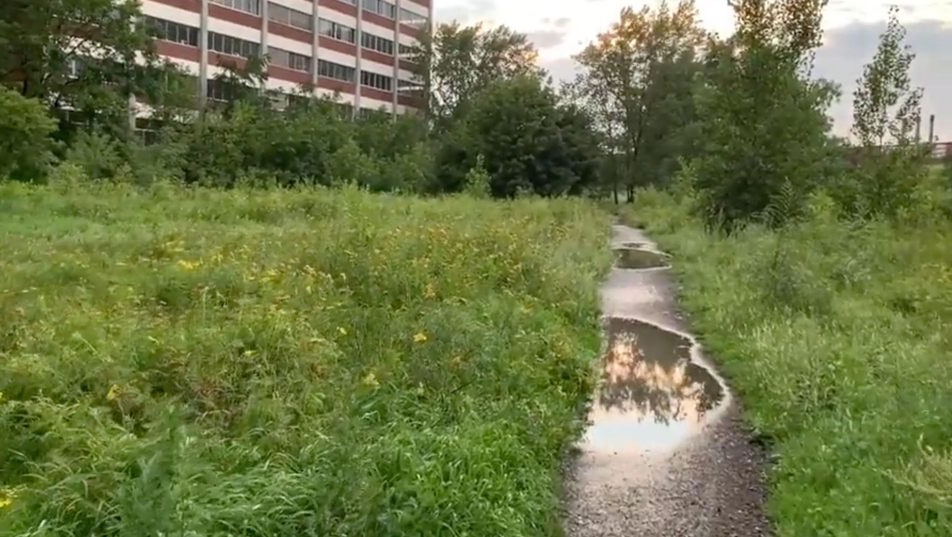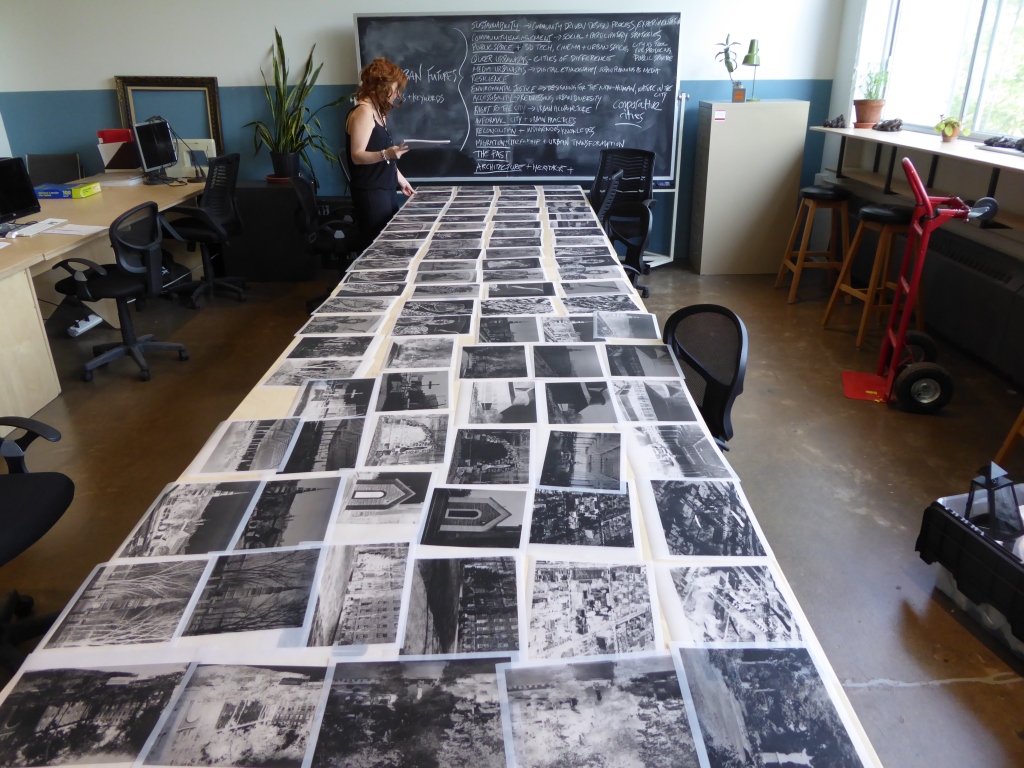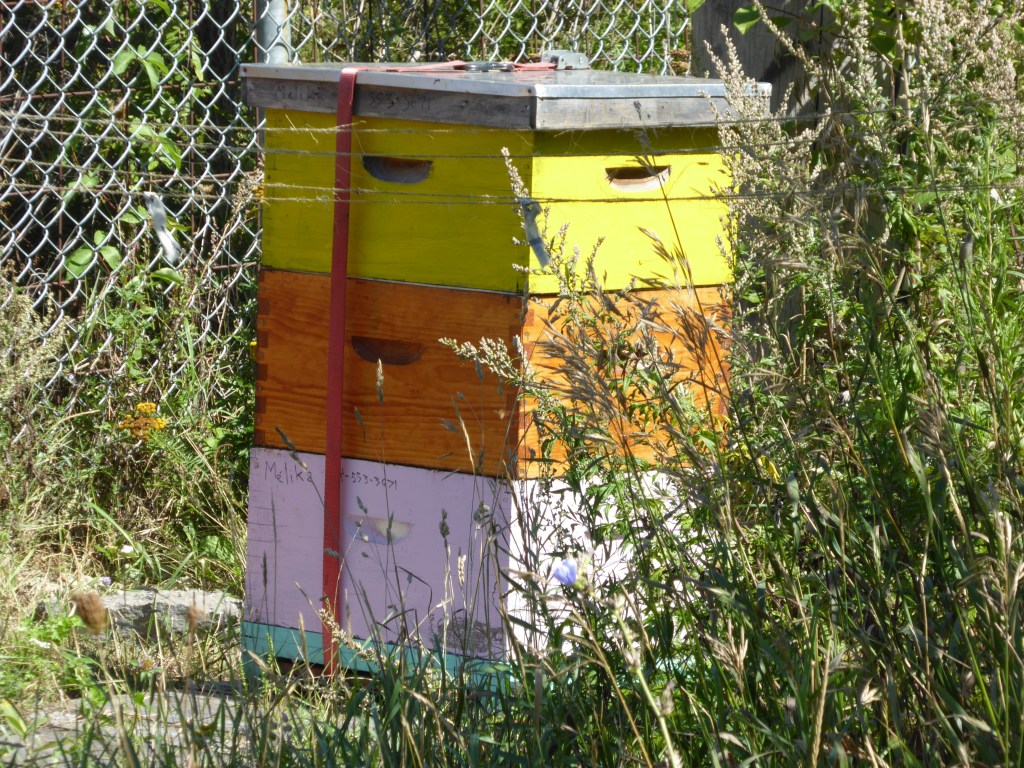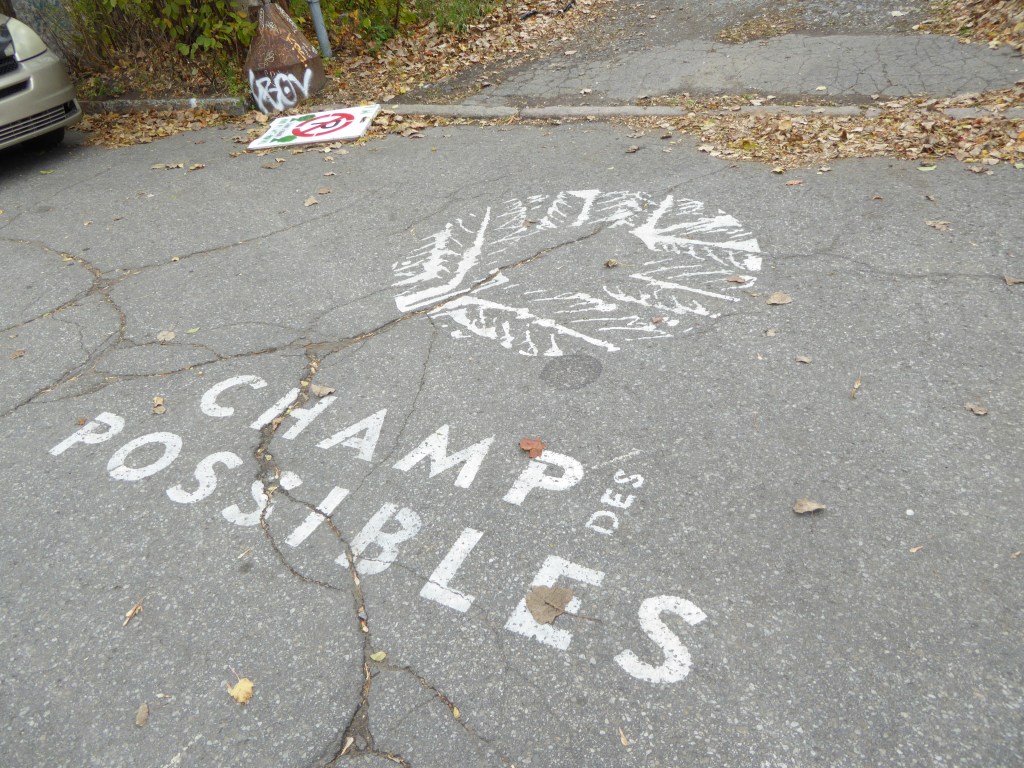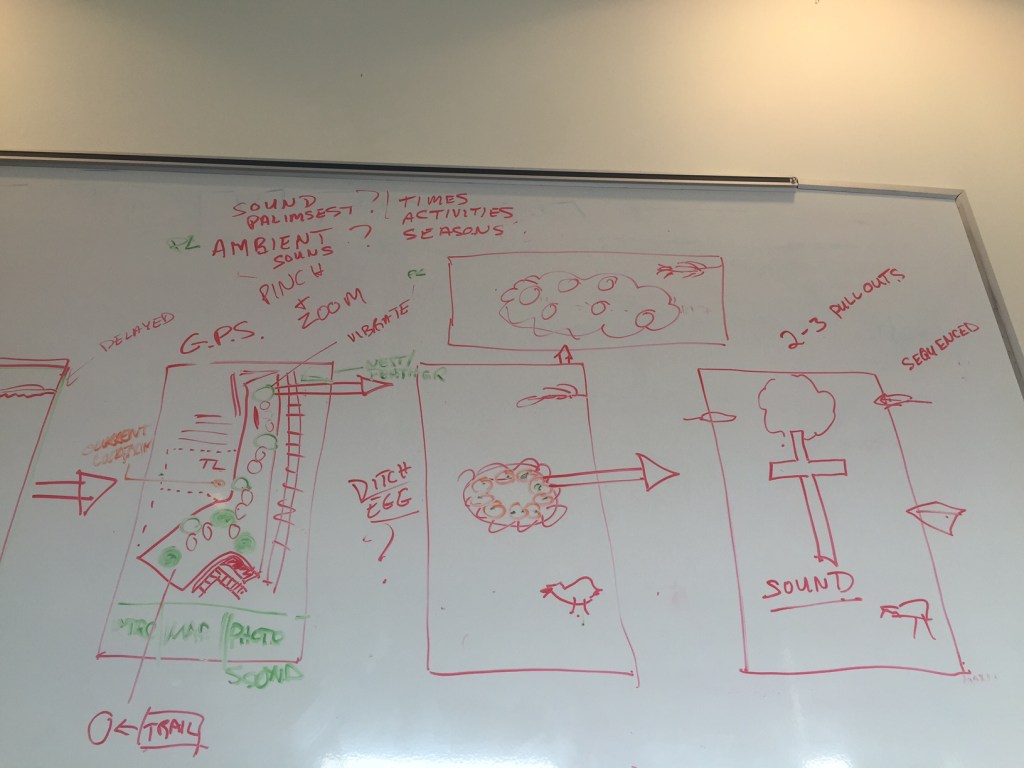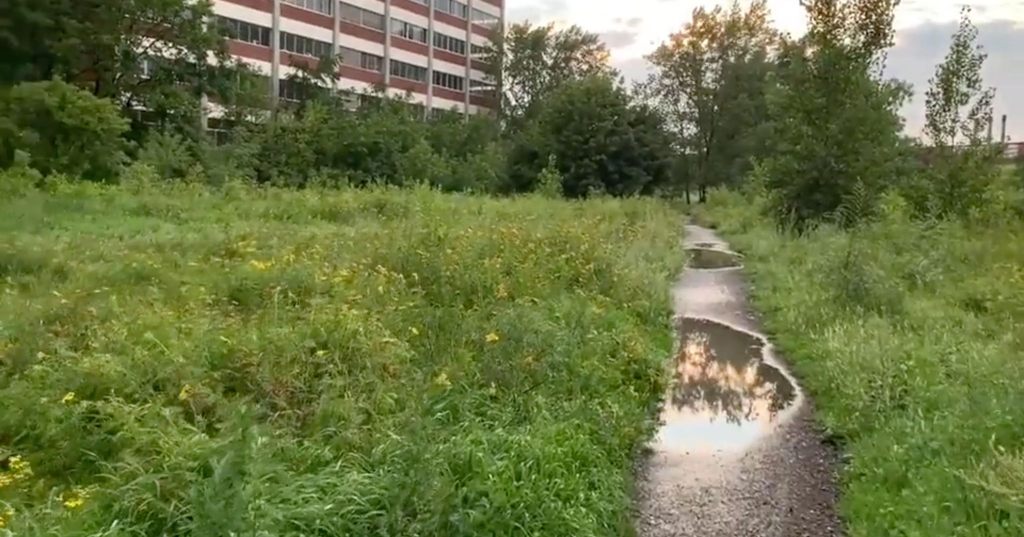
How can urban communities explore approaches to sustainability and biodiversity in city spaces that are otherwise considered ‘wastescapes,’ fragmented, industrial, and toxic? The site-specific, GPS-enabled locative app, Global Urban Wilds, affords users experiences of “embodied knowing” – learning through encounter, awareness, physicality – in urban wilds that represent informal brown/green spaces on the edges of urban development.
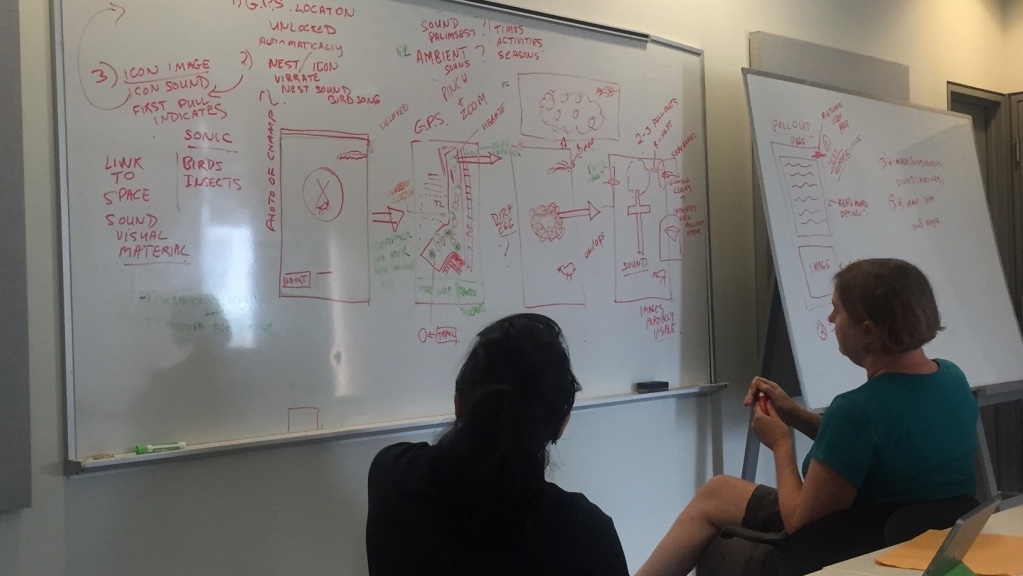
The locative platform curates ruderal landscapes that survive in city spaces and invites the user to explore the entanglement of urban biodiversity, site remediation, and settler culture in contexts such as Mile End’s Champ des Possibles. Global Urban Wilds mediates users’ experience of the Champ as a heterotopia—a place with more layers of meaning and relationships to other places than immediately meets the eye–and promotes a critical negotiation and awareness of urban ecosystems in relation to today’s “smart” city.
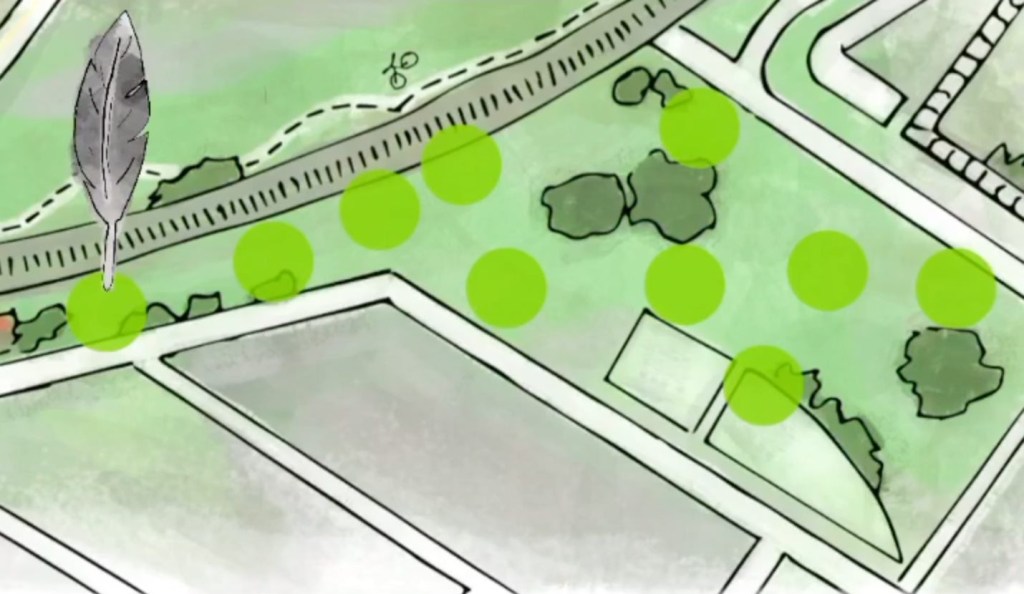
Global Urban Wilds is supported by the SSHRC Insight Grant Greening Narrative: Locative Media in Global Environments (Jill Didur PI). It is a collaborative project that includes contributions from Tony Higuchi (app development), Lai-Tze Fan (research and concept development), Eric Powell (sound recording), and Bev Didur, Rebecca Goodine, and Andrea Williamson (artwork).
READ: Jill Didur and Lai-Tze Fan reflect on the Global Urban Wilds project in a special issue of Media Theory: Geospacial Memory (2.1):
“Between Landscape and the Screen: Locative Media, Transitive Reading, and Environmental Storytelling“
LISTEN: Alexandra Sweny (MA, Concordia University) reflects on Global Urban Wilds in this podcast episode:
WATCH: Jill Didur artist talk on Global Urban Wilds and environmental storytelling for ISEA2020:
Photos of the Champ des Possibles and the developing stages of the project:
